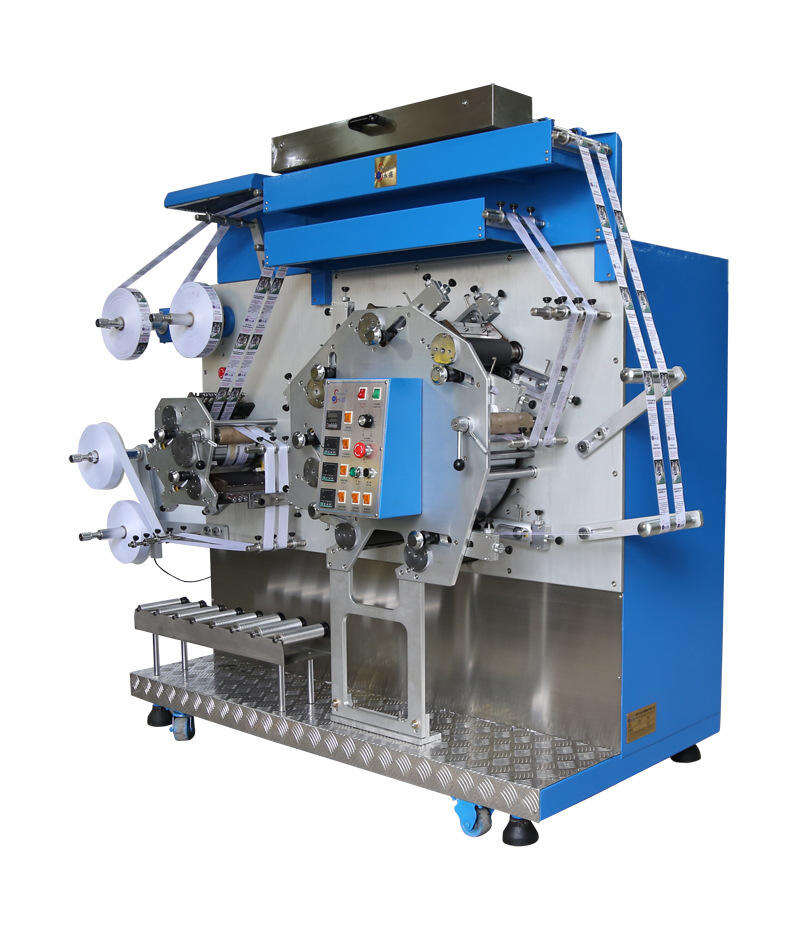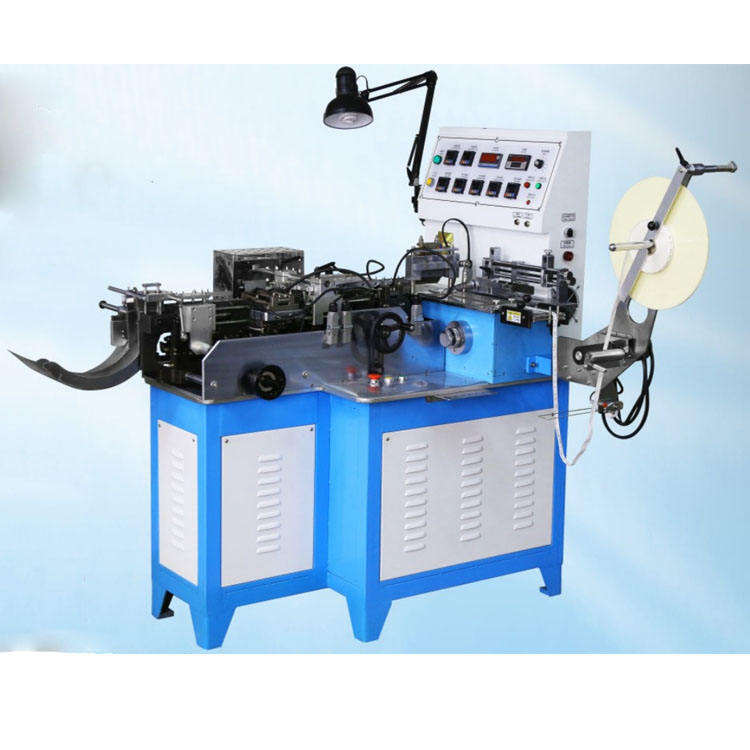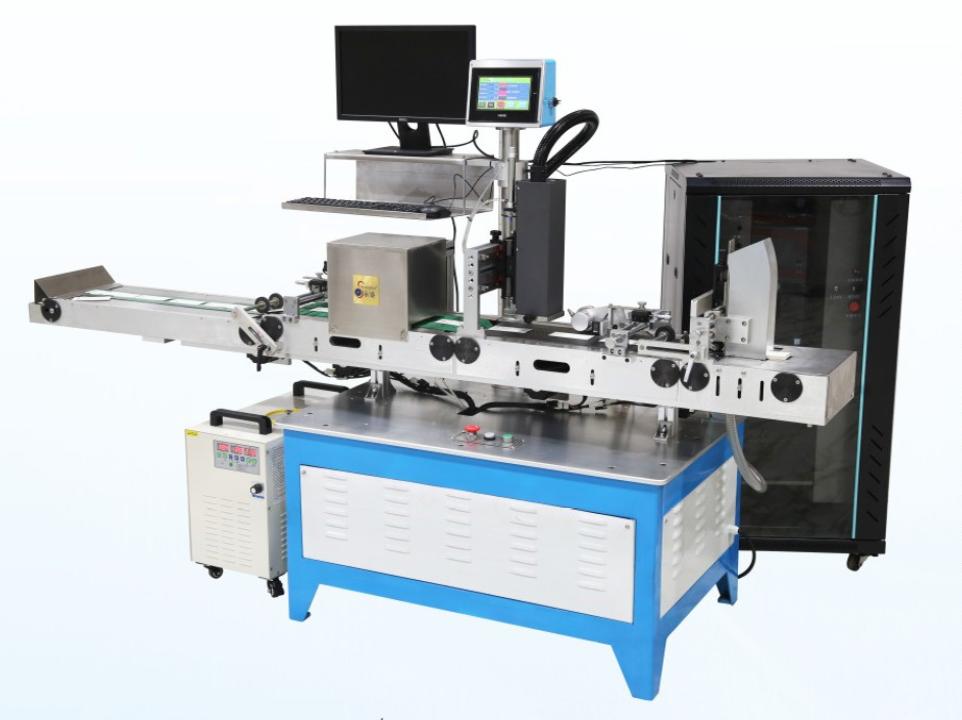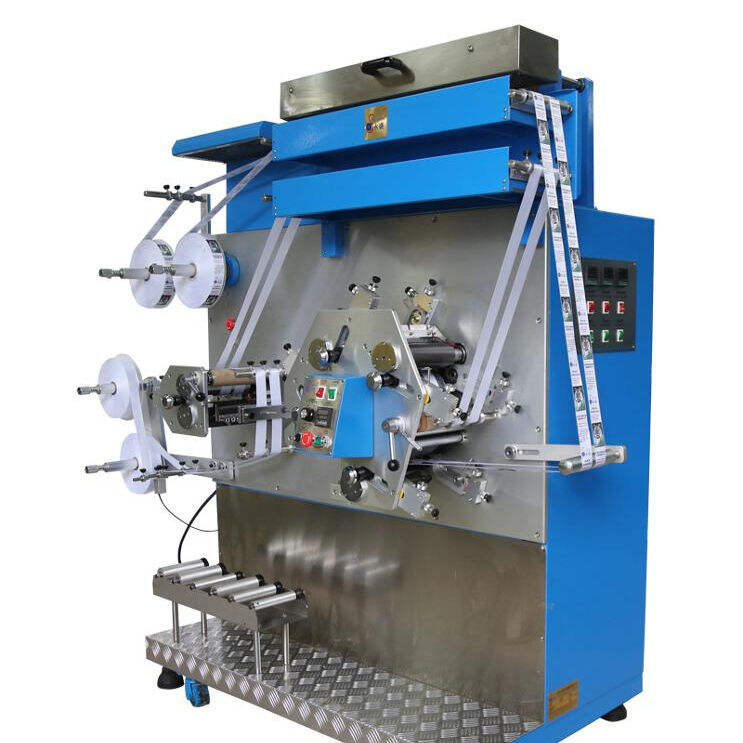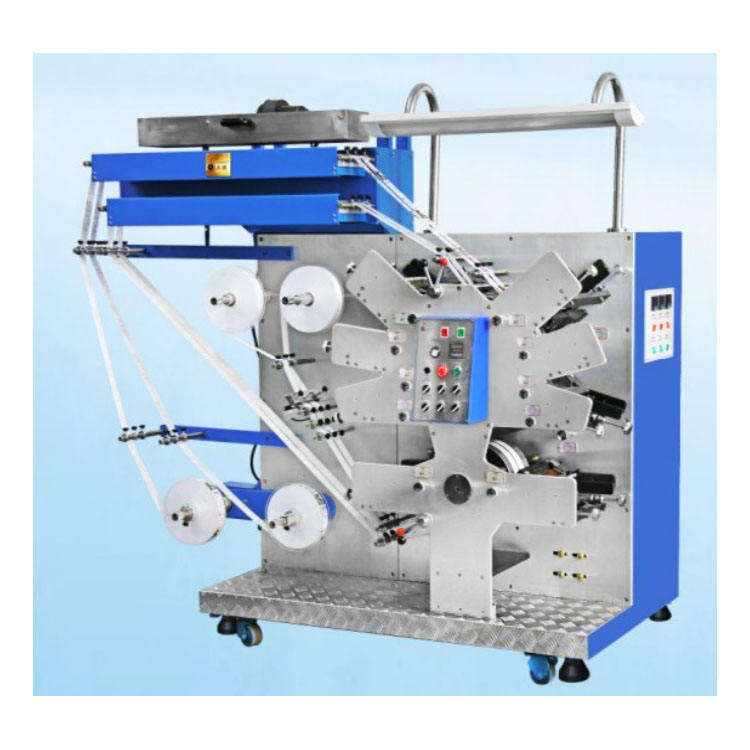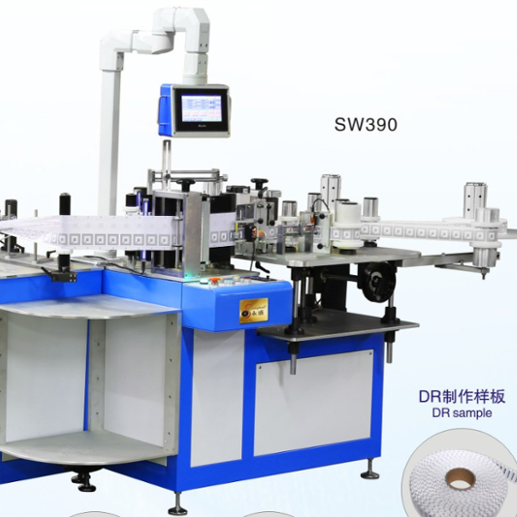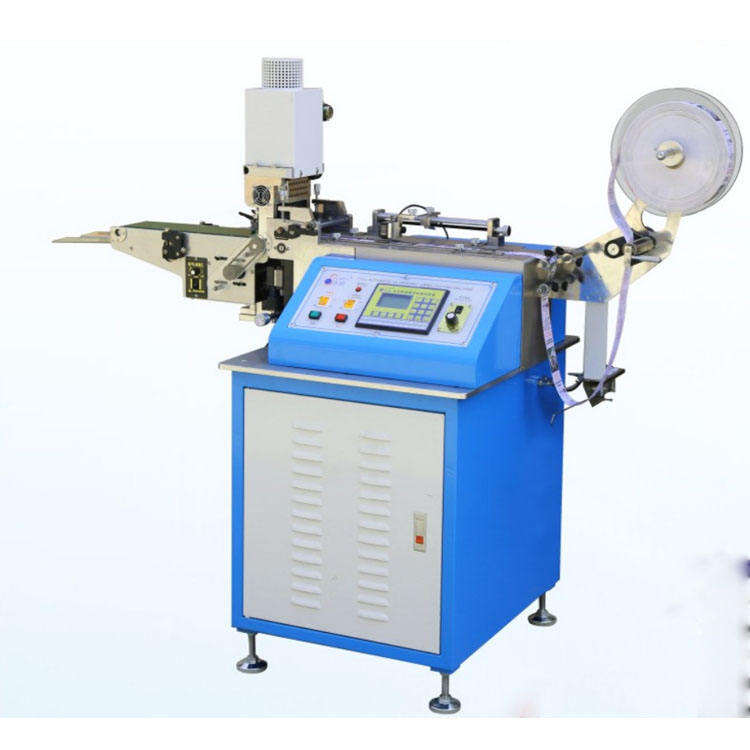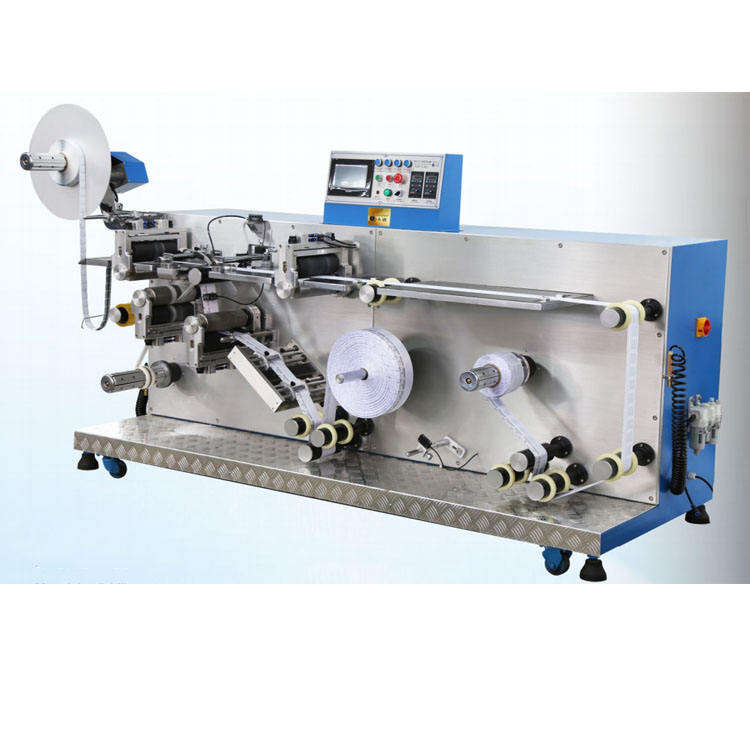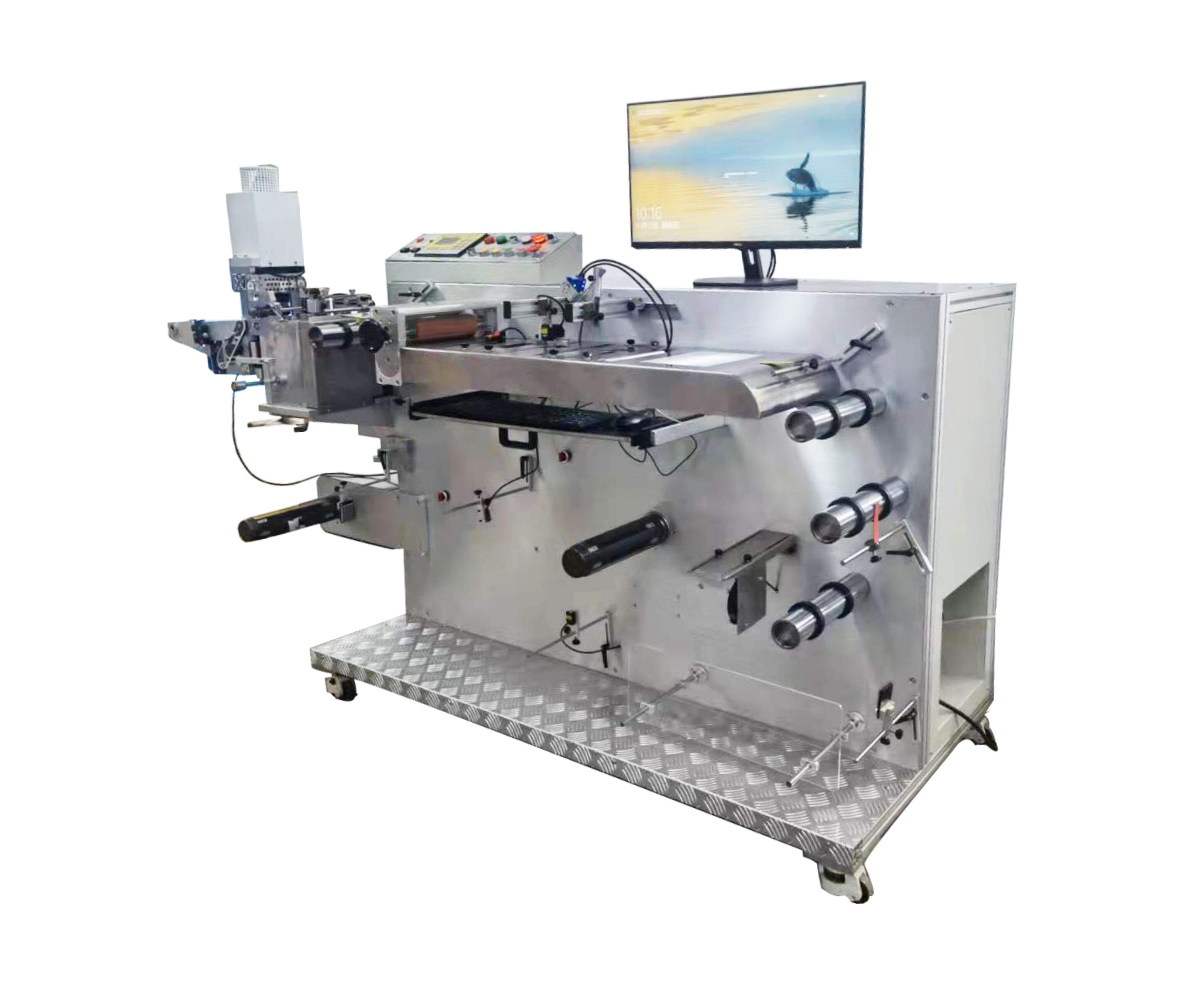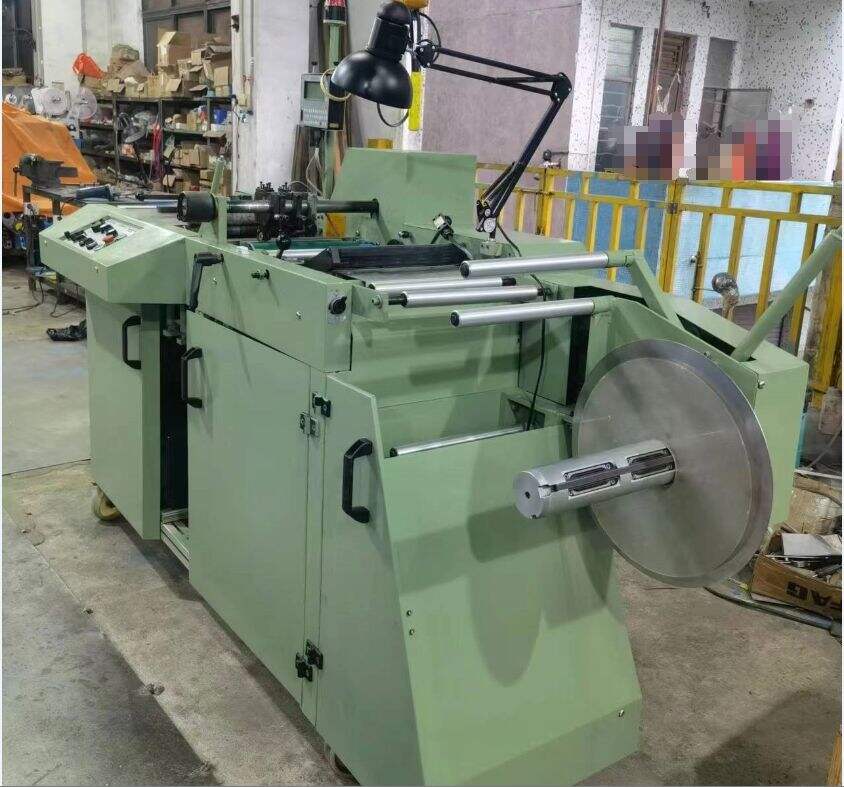Why Automated Label Folding Machines Improve Packaging Consistency
How Automated Label Folding Machines Enhance Packaging Precision
The Science Behind Consistent Label Placement
Automated labeling machines leverage advanced technology to ensure precise label placement across a variety of products. The integration of sensors and actuators plays a crucial role in this process, as they continuously adjust the labeler's position for consistent application. Automated systems utilize algorithms and optics to maintain accuracy, reducing errors often seen in manual labeling. Industry data indicates that consistent labeling not only diminishes product returns but also bolsters customer satisfaction significantly. For instance, mislabeling accounts for approximately 5% of product returns, which can be minimized through automation, enhancing both product reliability and consumer trust.
Electric Label Machine Capabilities vs Manual Processes
Electric label machines offer distinct advantages over manual labeling processes in terms of speed, accuracy, and reliability. While manual labor might apply 30 to 60 units per minute, automated systems can label 200 to 400 bottles per minute, effectively boosting production speeds. Testimonials from users highlight the efficiency and reduced human error associated with electric labeling machines. Experts affirm that automation cuts operational costs and time substantially, with companies reporting a 30% reduction in labor costs after switching from manual to automated systems. The shift not only saves time but also minimizes labeling errors, ensuring higher quality across production.
Reducing Human Error in Label Application
Error Rate Comparison: Automated vs Manual Labeling
The error rates in automated labeling systems are significantly lower compared to manual methods, making them more reliable and efficient. According to a McKinsey study, using automatic labeling machines reduces errors by up to 85%, largely because of their precise sensors and real-time control systems. This significant reduction in errors not only improves operational continuity but also enhances product safety and ensures compliance with industry standards. Furthermore, consistent labeling helps maintain customer satisfaction and minimizes product returns, reinforcing the reliability of automated solutions.
Case Study: Automatic Folding Mask Machine Implementation
A compelling example of automation's impact is the implementation of automatic folding mask machines in a production line. One company reported drastic improvements, with error reduction rates vastly exceeding those of manual processes, thanks to the machine's precision capabilities. The transition also led to increased speeds, optimizing production line efficiency, as illustrated in client performance reports. Additionally, these advancements bolstered workforce productivity by allowing staff to focus on other critical tasks rather than manual labeling, thus enhancing overall safety and output quality throughout the production process.
Speed and Efficiency Advantages
Throughput Rates of Modern Labeling Machine Providers
Throughput rates play a critical role in evaluating the performance of labeling machines, representing the number of products labeled per hour. Understanding throughput is essential for manufacturers aiming to maximize efficiency. For instance, labeling equipment from providers like Pineberry Manufacturing often showcases advanced models yielding high throughput, sometimes exceeding thousands of labels per hour. When compared, machines that integrate features like friction feeders and conveyors can significantly enhance this rate. Maximizing these throughput metrics translates into increased profit margins for manufacturers due to reduced operating times and higher productivity levels, allowing businesses to meet market demands swiftly.
Integration with Automatic Printing Systems
The seamless integration of automated labeling machines with automatic printing systems represents a significant leap in packaging automation. Labeling machine providers like those from Pineberry Manufacturing offer equipment that effectively synchronizes with leading printing systems, ensuring consistent and on-demand label production. An example is Pineberry's use of Friction Feeders and custom label printers, which collectively streamline operations. This integration results in notable improvements in production timelines and inventory management, as it reduces manual interventions and error rates. Products move swiftly through packaging lines, facilitating quicker market deliveries and enabling businesses to maintain optimal stock levels.
Key Features of High-Performance Labelers
Sensor Technology in Automatic Labeling Machines
Advanced sensor technologies are crucial for enhancing the functionality of automatic labeling machines. These labelers commonly employ photoelectric, ultrasonic, and RFID sensors to ensure precise label placement. Photoelectric sensors detect the presence of objects using light beams, while ultrasonic sensors utilize sound waves to identify label positions and potential misalignments. RFID sensors further improve accuracy by offering data-rich identification capabilities. These technologies significantly reduce operational error rates, enabling the machines to apply labels with millimeter-level precision. A study featured in the Journal of Manufacturing Science and Engineering highlights how sensor technology helps decrease labeling mistakes, improving overall production reliability.
Customizable Folding Parameters for Different Products
Modern labeling machines offer unparalleled flexibility through customizable folding parameters tailored for diverse product ranges. This adaptability is vital for companies that cater to varied industries since adjusting labeling processes to suit different product types impacts operational efficiency and productivity. For instance, sectors such as cosmetics and pharmaceuticals benefit greatly from this feature, as it allows precise labeling for complex-shaped containers and ensures compliance with stringent standards. A case study on beverage manufacturing revealed that customizable folding parameters reduced changeover times by up to 40%, showcasing their importance in streamlining operations and enhancing profitability.
By incorporating cutting-edge features like sensor technology and customizable folding parameters, automatic labeling machines become indispensable tools in optimizing production lines, ensuring efficient and reliable performance across various industries.
Choosing Reliable Labeling Machine Providers
Maintenance Requirements for Electric Label Systems
Routine maintenance of electric labeling systems is crucial for ensuring their longevity and optimal performance. Regular checks include inspecting electronic components, lubricating moving parts, and updating software systems. Proper maintenance helps avoid unexpected downtime and costly repairs. Comparatively, the expenses associated with routine maintenance are often lower than the financial losses incurred from machine malfunctions. Industry benchmarks suggest performing maintenance tasks bi-annually, with major repairs anticipated every five years. Investing in timely maintenance is not simply about avoiding immediate issues; it's about securing long-term operational efficiency.
Industry Certifications to Look For
When considering labeling machine providers, it's essential to look for key industry certifications such as ISO standards and the CE marking. These certifications serve as indicators of the machine's quality, safety, and reliability. ISO standards ensure the equipment is manufactured under globally recognized processes, while the CE marking indicates compliance with European health, safety, and environmental protection standards. Prioritizing certified providers ensures that buyers receive machines that are both dependable and compliant with industry regulations. Furthermore, selecting certified labeling systems helps companies meet internal and external compliance requirements, reducing the risk of regulatory penalties.
Recommended Products
Hot News
-
Reflect On The Cultural Significance Of The Printing Press In Preserving And Disseminating Knowledge
2023-12-08
-
The Role Of The Printing Press In The Global Economy
2023-12-08
-
Environmental Impact: Analyzing The Environmental Footprint Of The Printing Industry
2023-12-08
-
The Frontier Of Printing: 3d Printing And Its Industrial Renaissance
2023-12-08
-
The Evolution And Impact Of The Printing Press
2023-12-08
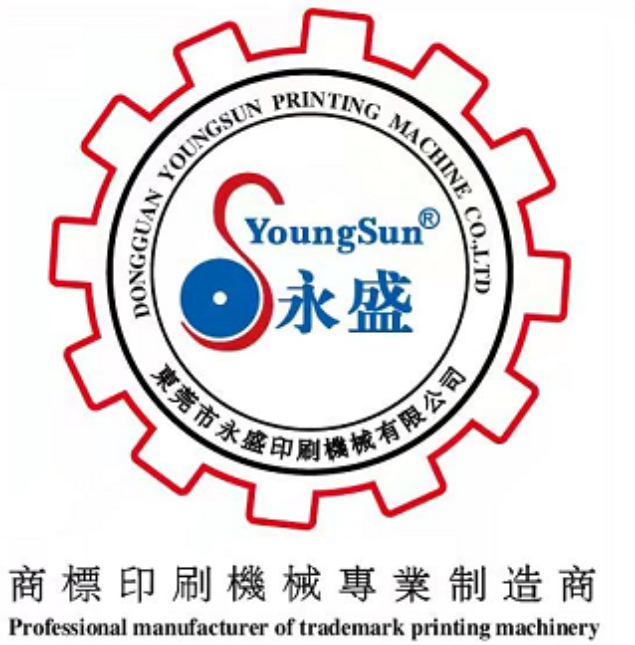
 EN
EN
 AR
AR
 CS
CS
 DA
DA
 NL
NL
 FI
FI
 FR
FR
 DE
DE
 EL
EL
 HI
HI
 IT
IT
 JA
JA
 KO
KO
 PL
PL
 PT
PT
 RO
RO
 RU
RU
 ES
ES
 SV
SV
 IW
IW
 ID
ID
 VI
VI
 SQ
SQ
 HU
HU
 MT
MT
 TH
TH
 TR
TR
 AF
AF
 GA
GA
 BN
BN
 BS
BS
 LO
LO
 LA
LA
 MI
MI
 MN
MN
 NE
NE
 MY
MY
 KK
KK
 UZ
UZ
 KY
KY
